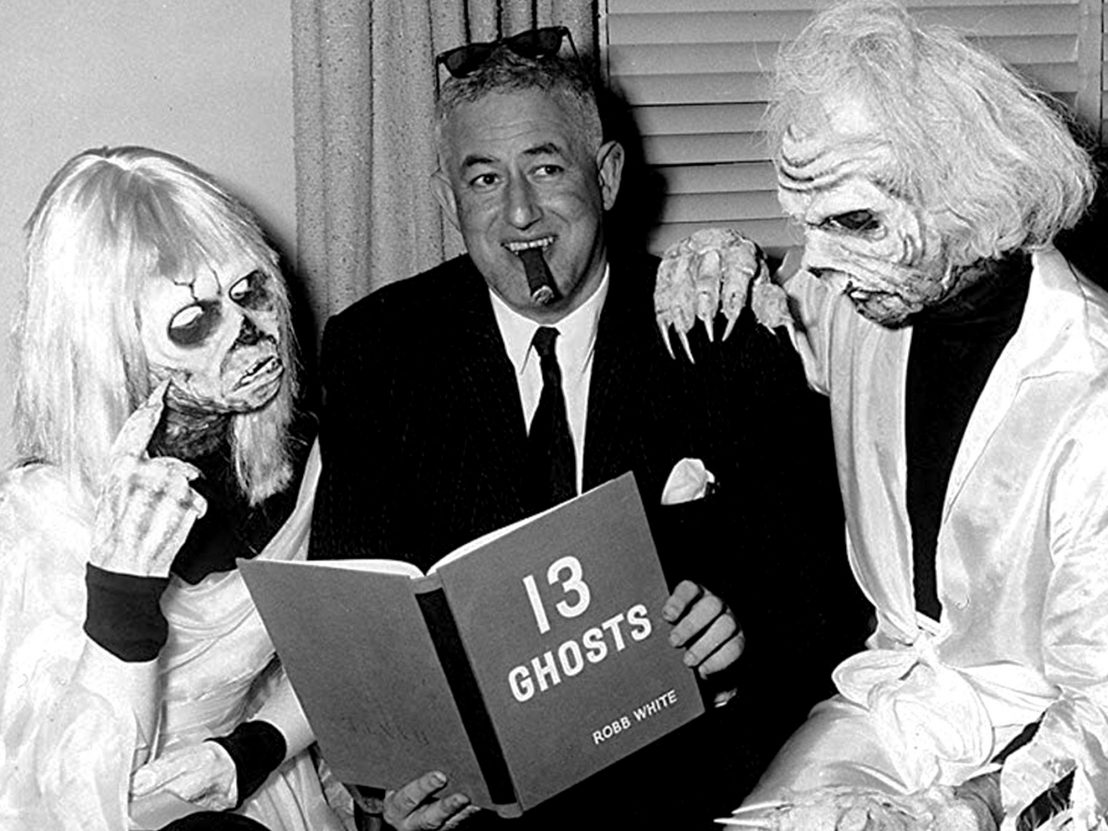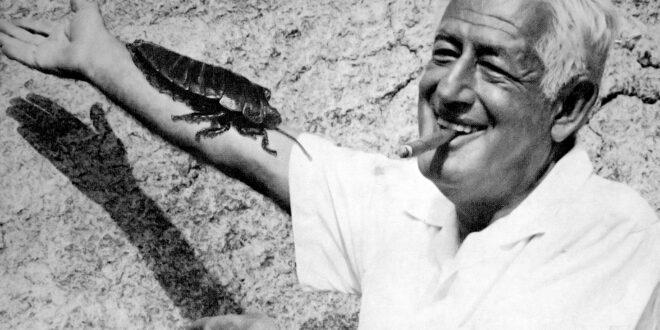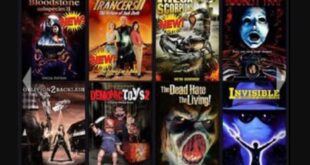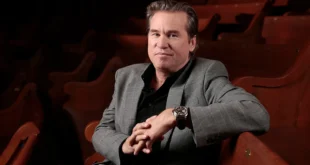William Castle (born William Schloss Jr. on April 24, 1914 and passed away 45 years ago on May 31, 1977) was in many ways an all-American success story of overcoming odds. He probably isn’t the biggest underdog of all time, but he was an orphan who dropped out of high school at age 15. Still, he did have a creative vision and seemingly didn’t let life tell him, “No.” What is more conventionally, wholesomely American than that?
William Castle financed his first movie, Macabre (1958), by mortgaging his house. With that movie, he used his first fun promotional gimmick: He offered a $1,000 life insurance policy from Lloyd’s of London should moviegoers die of fright. Though it seems that the gimmick is remembered more than the film itself, it shows that Castle was hugely invested in his movies. That is often what makes the difference between what we remember and what we forget, whether it’s regarding a knife-waving slasher or a gun-toting western.

Yes, The Publicity Stunts of William Castle Matter
Although William Castle did not invent the publicity stunt, he used it in a way with movies that made it fun. Audiences didn’t feel like they were being lied to or held hostage psychologically by a shady used car salesman-type. That’s because they were in on the gag. For example, in the climax moments of The Tingler (1959), buzzers on seats were activated to simulate being, well, stimulated by the monster. Weird! This wasn’t just another sleazy horror filmmaker deliberately exploiting large-breasted women to draw crowds. His gimmicks were more imaginative, silly, and fun.
The idea of interacting with a film’s villain is still fun, isn’t it? Though I’m not sure anyone really died of fright during a William Castle movie, his promotional ideas did make his films even more memorable. The movies were not just movies but events. Even the brats who would sabotage his gimmicks became part of the interplay between the film, the audience, and Castle himself. These publicity stunts made William Castle a household name and established the quality and importance of a good marketing gimmick. In fact, the filmmaker even employed such techniques for some of his non-horror projects, such as the 1962 movie, Zotz!

Putting Gimmicks Aside
How similar is a classic movie to a classic car? Some movies attain more respect, or even a cult following, years after release. William Castle produced, directed, wrote, and even acted in plenty of movies that are now considered iconic. In fact, even if you don’t care for the average William Castle movie, you might still like Rosemary’s Baby (1968 – our retro review), which he produced. There’s also a sense that he never retired from filmmaking. He just ran out of time.
As a filmmaker, he developed some techniques that have become commonplace in the horror and exploitation genres. His famous formula for a successful low-budget production was simple: he would create films that implied a great deal of gore, shocking imagery, and scenes of graphic violence, even if he seldom delivered on all—or even most—fronts. And that’s a weird thing, isn’t it? House on Haunted Hill (1959 – our retro review) basically relies on a cheesy skeleton and an atmosphere of hostility, courtesy of Vincent Price and Carol Ohmart. It’s hardly more gruesome than a PG-rated movie, yet it somehow flirts with R-rated shockmanship.
13 Ghosts (1960) is a movie where you might not fully remember the story or the specific scares, but you’ll still remember the title of the film years after seeing it. It’s not a movie that dazzled all the critics, but it’s something I remember enjoying when I was younger. And why not? It has ghosts in it, right? What more could you want?! William Castle also influenced people such as John Waters and Robert Zemeckis. His films are obviously classics, and at least some are worth including in any Halloween season watchlist.
What are your thoughts on William Castle? Tingle us in the comments!
 PopHorror Let's Get Scared
PopHorror Let's Get Scared




